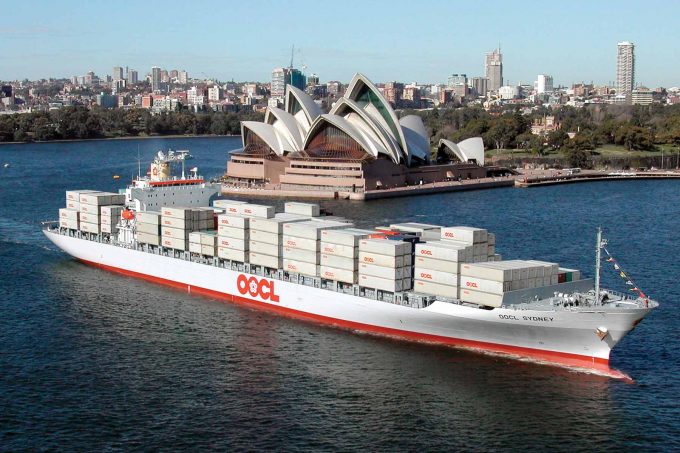Good start for Gemini, liner schedule reliability data reveals
New data from liner analysts at Sea-Intelligence Consulting has confirmed early schedule reliability figures for ...

Cosco Shipping subsidiary OOIL’s container arm, OOCL, saw just a 0.4% year-on-year decline in liftings in the first quarter, but revenue was up 5.5%.
However, the Hong Kong-based carrier’s seemingly strong operational performance – a possible bellwether for forthcoming liner financial results – does not include a great deal of the negative impact from the Covid-19 pandemic.
The number of containers carried across OOCL liner trades in the quarter was 1,598,422 teu, versus 1,605,564 teu the year before, with revenue at $1.54bn ...
'Disastrous' DSV-Schenker merger would 'disrupt European haulage market'
'Chaos after chaos' coming from de minimis changes and more tariffs
List of blanked transpac sailings grows as trade war heats up and demand cools
Shippers in Asia restart ocean shipment bookings – but not from China
Forto 'sharpens commercial priorities' as it lays off one-third of staff
India withdraws access for Bangladesh transhipments, in 'very harmful' decision
'Tariff hell' leaves industries in limbo – 'not a great environment to plan'
Temporary tariff relief brings on early transpacific peak season
Pre-tariff rush of goods from US to China sees air rates soar, but not for long
Asian exporters scramble for ships and boxes to beat 90-day tariff pause
De minimis-induced ecommerce demand slump could cripple freighter operators
Forwarders 'allowing the fox into the chicken run' by supporting 'hungry' carriers
Hapag 'took the bigger risk' when it signed up to Gemini, says Maersk
'Restoring America's maritime dominance' – stop laughing at the back of the class
Navigating tariffs: 'like trying to solve a Rubik's cube while colour-blind'

Comment on this article